Work Integrated Learning: Challenges, Strategies, and Satisfaction
VerifiedAdded on 2023/06/07
|5
|987
|306
Literature Review
AI Summary
This literature review synthesizes three articles focusing on Work Integrated Learning (WIL) in Australia. The review begins by defining WIL as a university initiative encompassing fieldwork, internships, practical knowledge, and part-time jobs, aimed at enhancing graduate skills and addressing unemployment. It highlights the importance of collaboration between higher education providers, students, and employers to develop career-readiness programs. The review then explores the relationship between student satisfaction and WIL, referencing a survey conducted at Macquarie University that identifies industry engagement, employability skills, and academic factors as key contributors to satisfaction. Finally, the review discusses the challenges and strategies in assessing WIL, based on a survey of undergraduates. The review concludes that WIL is an effective solution for tackling unemployment and that the Professional and Community Engagement (PACE) initiative is appropriate for fostering collaboration between universities and employers.
1 out of 5
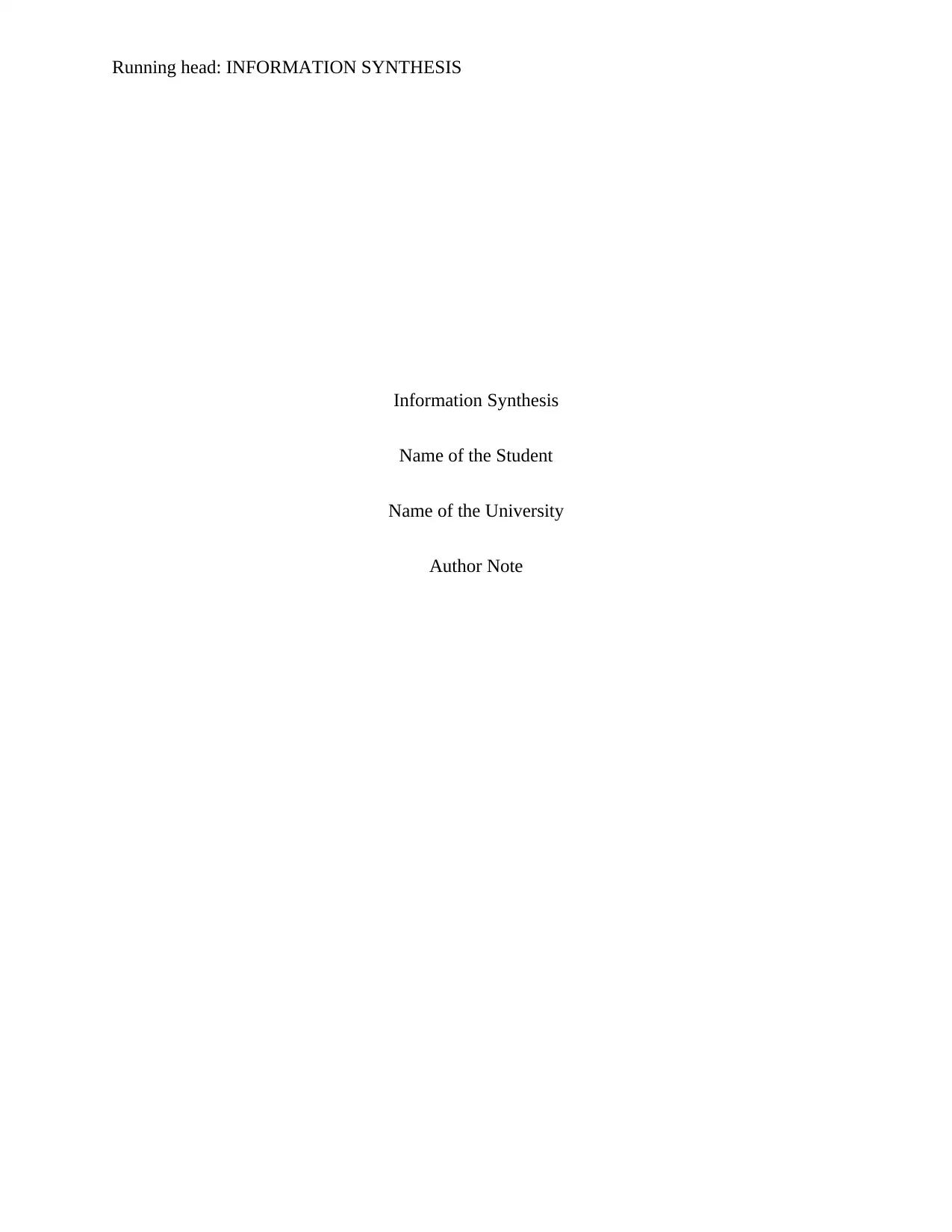
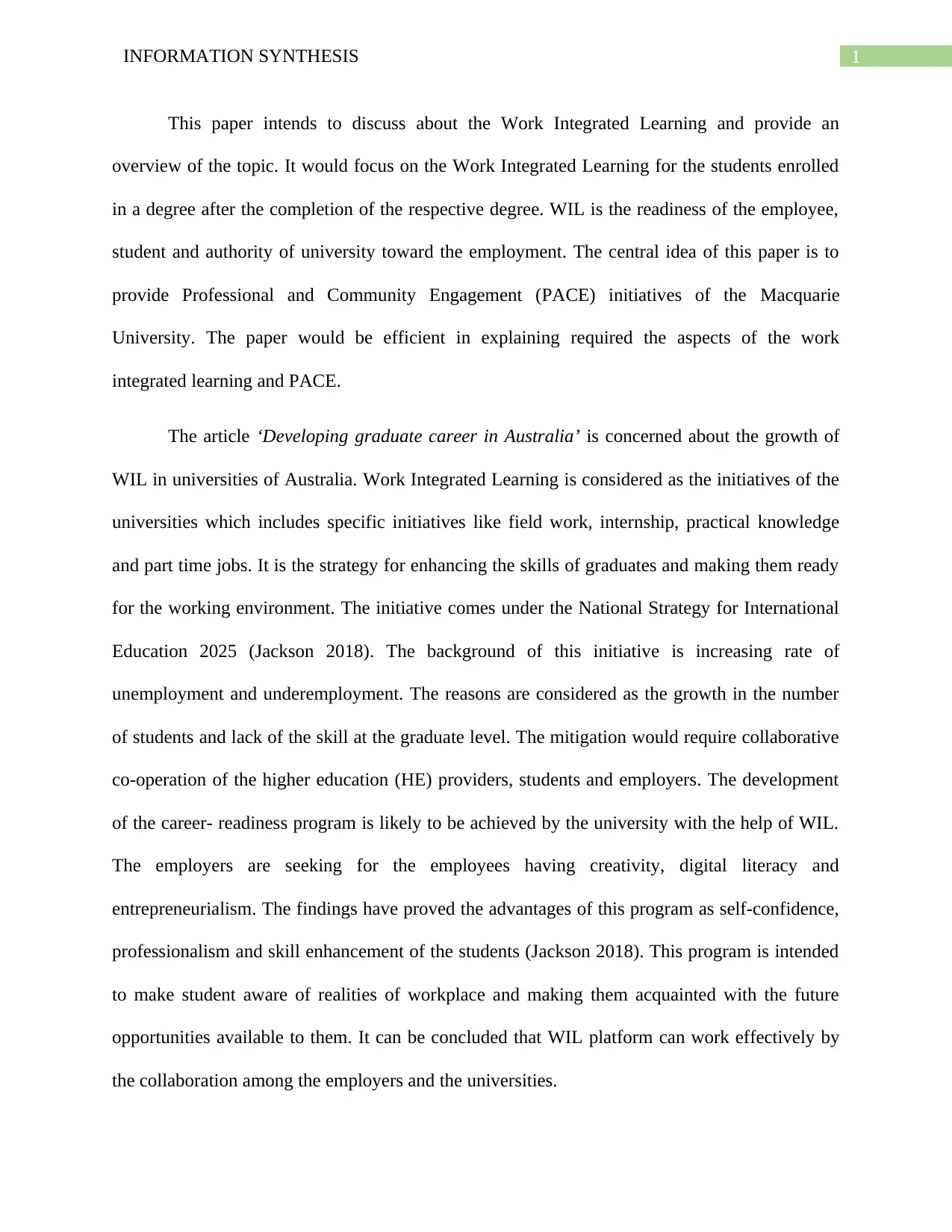
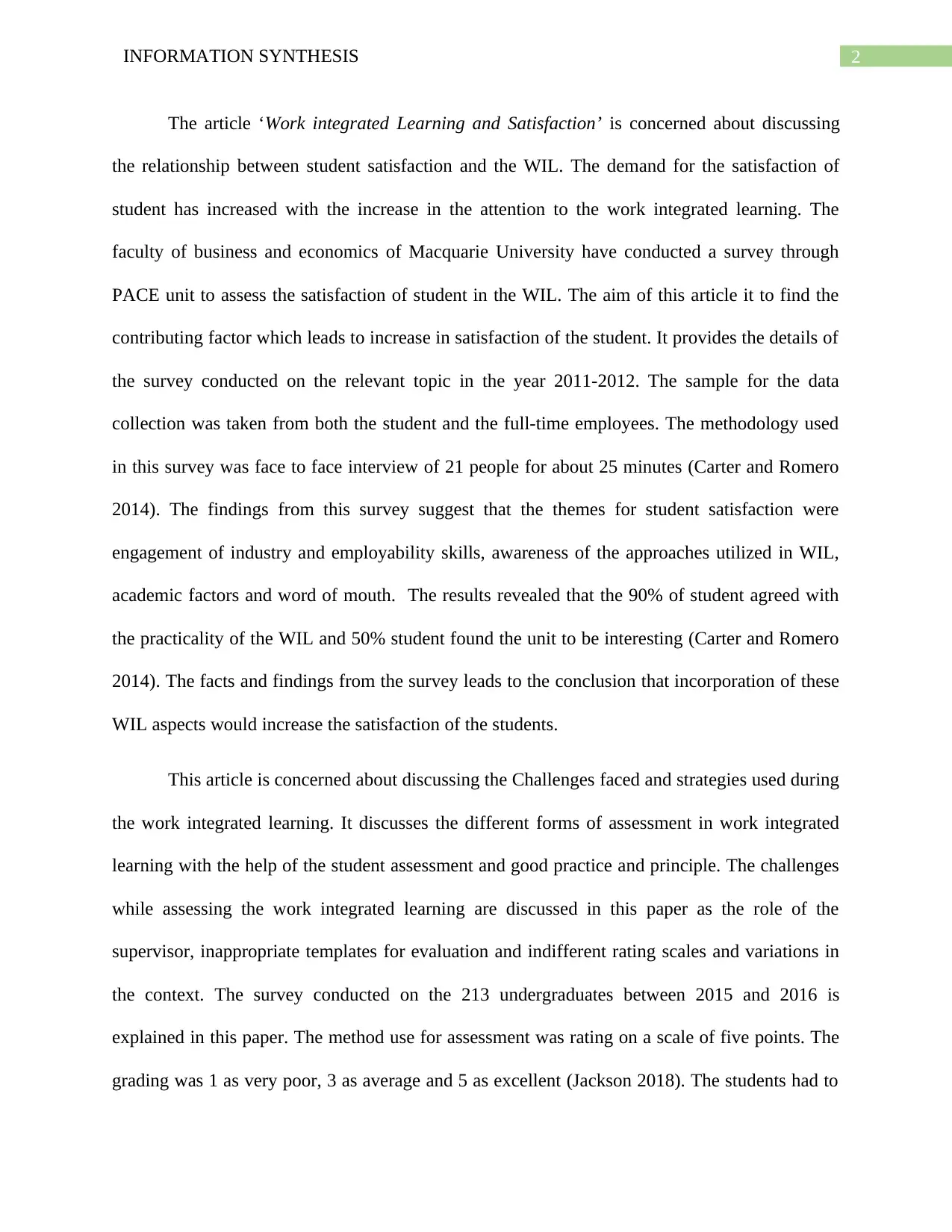

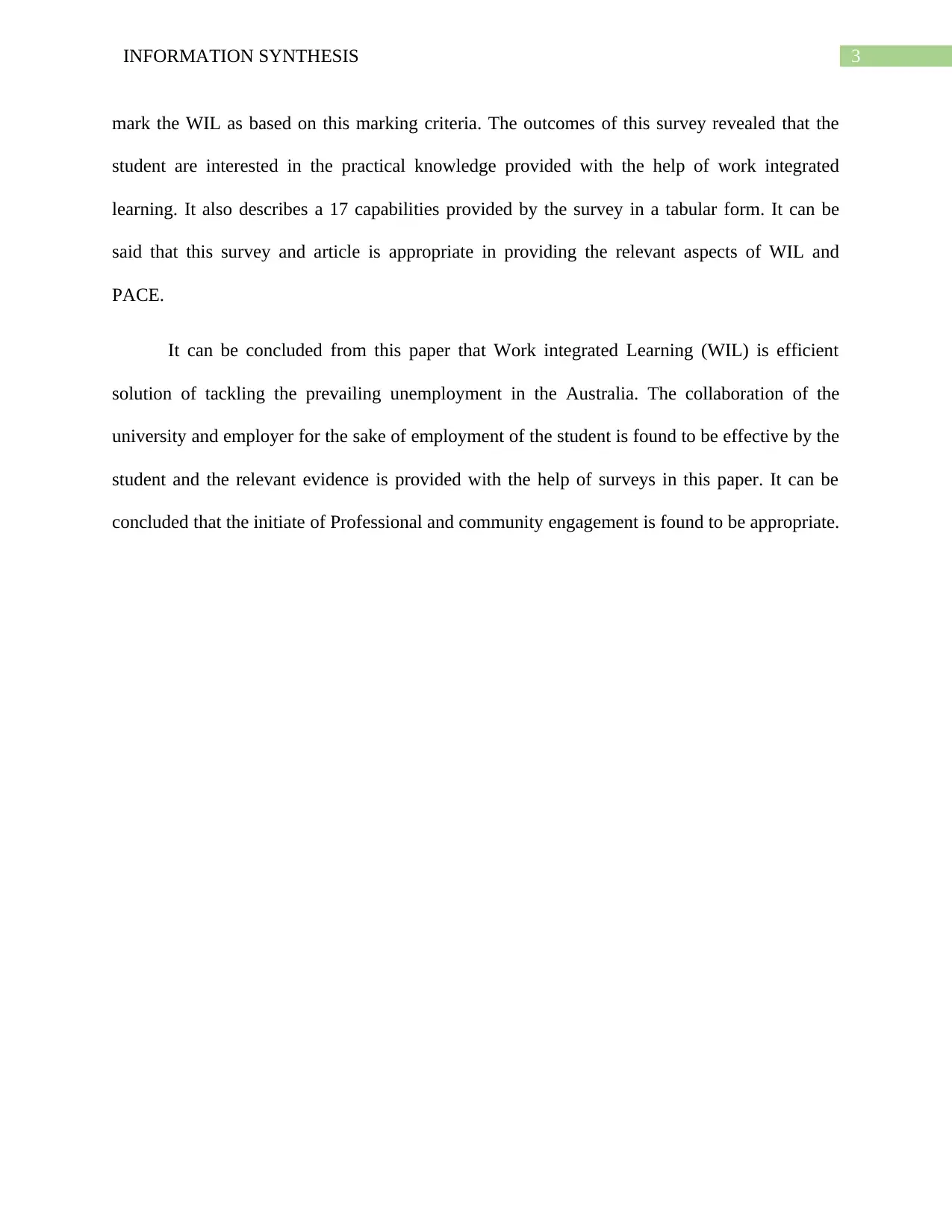
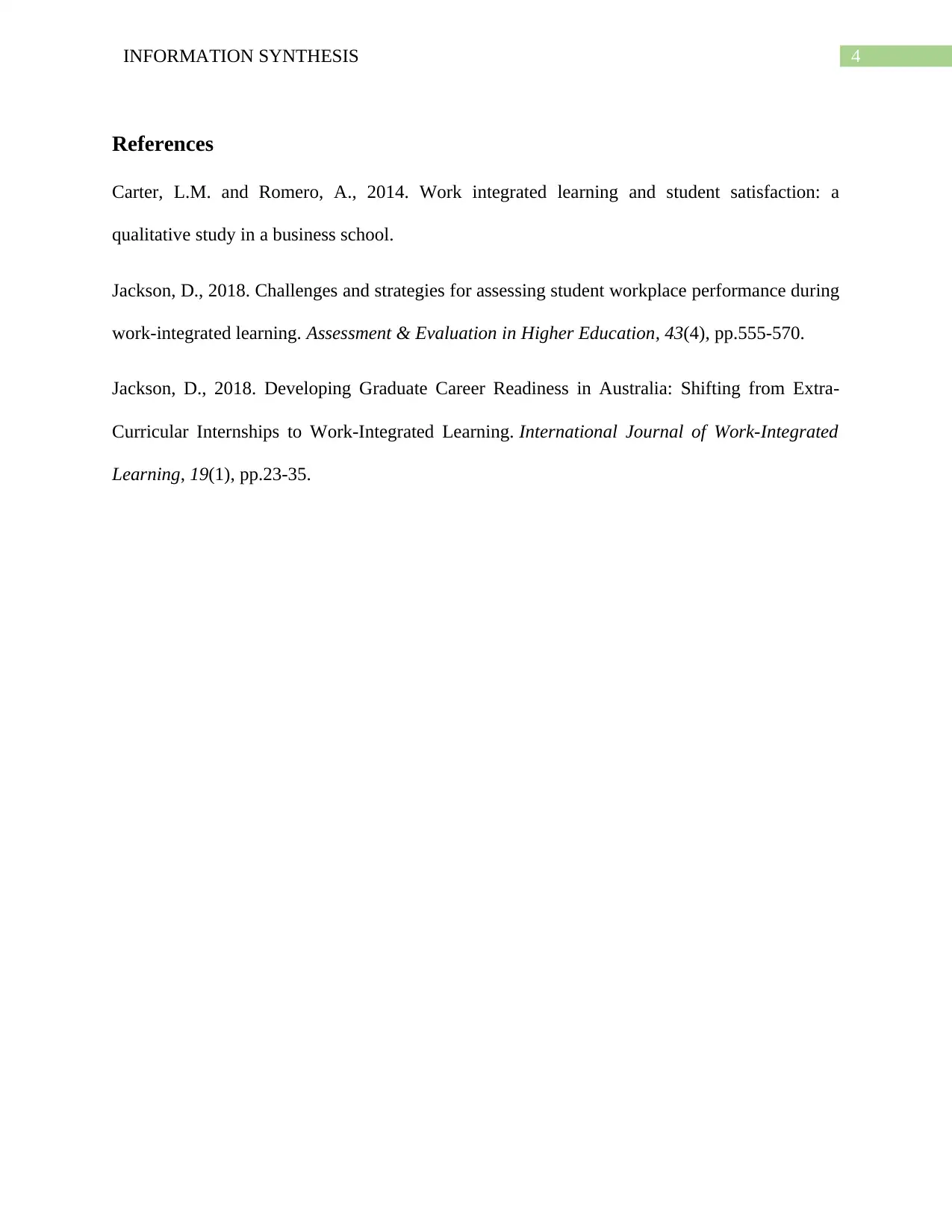






![[object Object]](/_next/static/media/star-bottom.7253800d.svg)